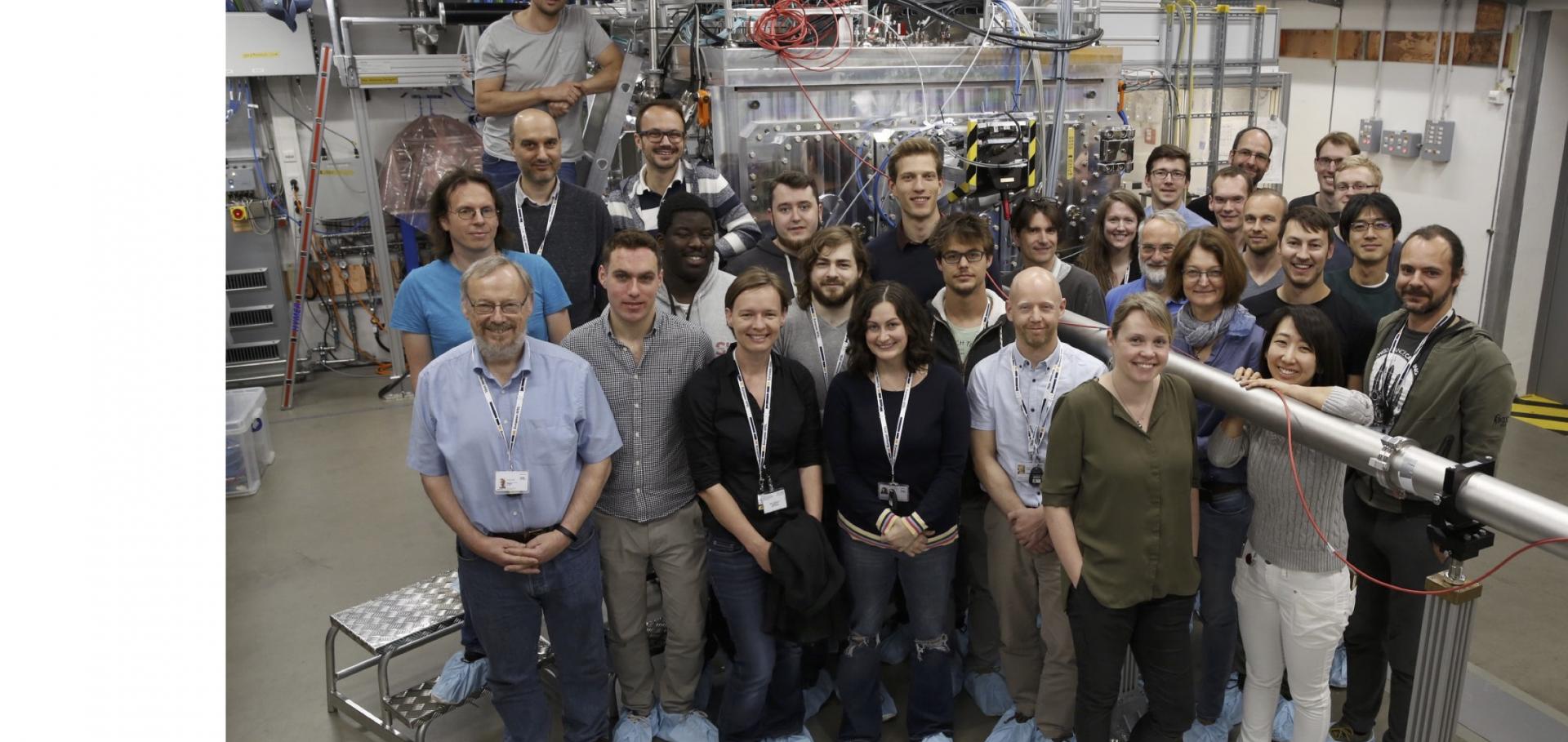Single photon energy dispersive x-ray diffraction
Review of Scientific Instruments AIP Publishing 85:3 (2014) 033906
Molecular dynamics simulations of shock-induced plasticity in tantalum
High Energy Density Physics Elsevier 10 (2014) 9-15
Molecular dynamics simulations of shock-compressed single-crystal silicon
Physical Review B American Physical Society (APS) 89:6 (2014) 064104
Imaging Lattice dynamics in individual nanocrystals
Optics InfoBase Conference Papers (2014)
Abstract:
We report imaging of coherent acoustic phonons on the picosecond time scale within a single nanocrystal using an X-ray free-electron laser. Our results allow unprecedented comparison with predictive models and observation of the vibrational modes. © 2014 OSA.Imaging Lattice dynamics in individual nanocrystals
Optica Publishing Group (2014) 09.wed.e.1


